Timeline
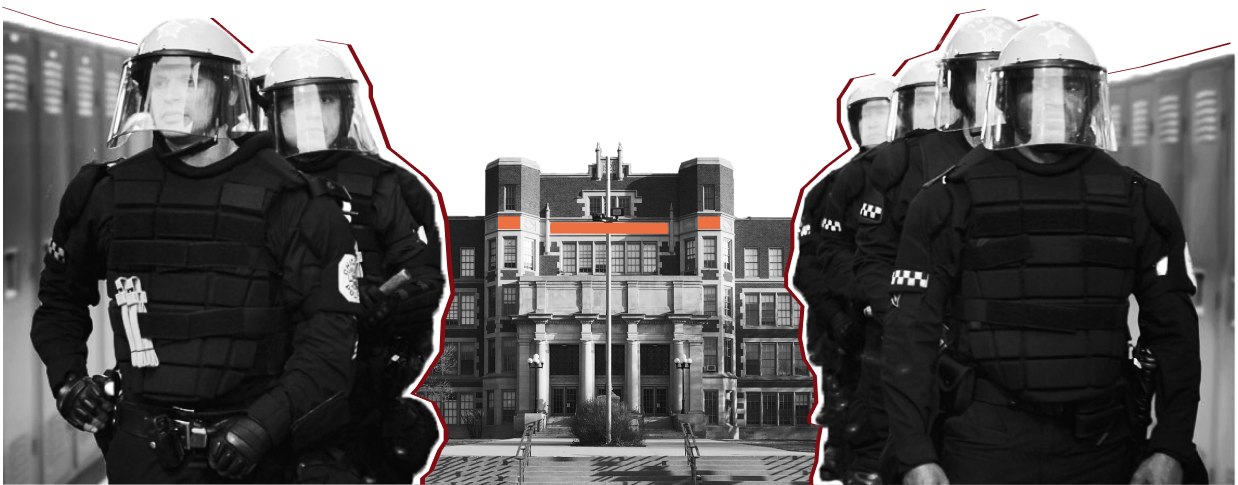
1950s — First School Resource Officers
The first time law enforcement, known as School Resource Officers (SROs), were permanently assigned to schools was 1953 in Flint, MI. And in 1954, the Supreme Court held in Brown v. Board of Education that school segregation was unconstitutional and mandated public school desegregation. Many school districts refused to desegregate, requiring federal military intervention. But this police presence wasn’t temporary. In the years that followed, the SRO program and regular police presence in schools expanded to other school districts, including Los Angeles and Cincinnati. Local police departments in Tucson, Chicago, Miami, Baltimore, New York and Washington, D.C. began placing police officers on school grounds, patrolling hallways and performing random check-ins.
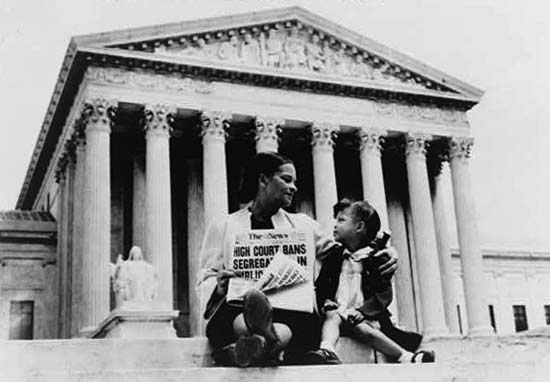
1960s — Student Resistance
The rise of Black and Chicano student walkouts from Philadelphia to Los Angeles, demanding culturally relevant education, educators of color, and quality education occurred during this time period. Students were confronted by buses or armed police officers, police violence, and arrests. 13 of the East L.A. Blowouts organizers were arrested on felony conspiracy charges for “disturbing the peace” after the Los Angeles Police Department infiltrated their organizing efforts.
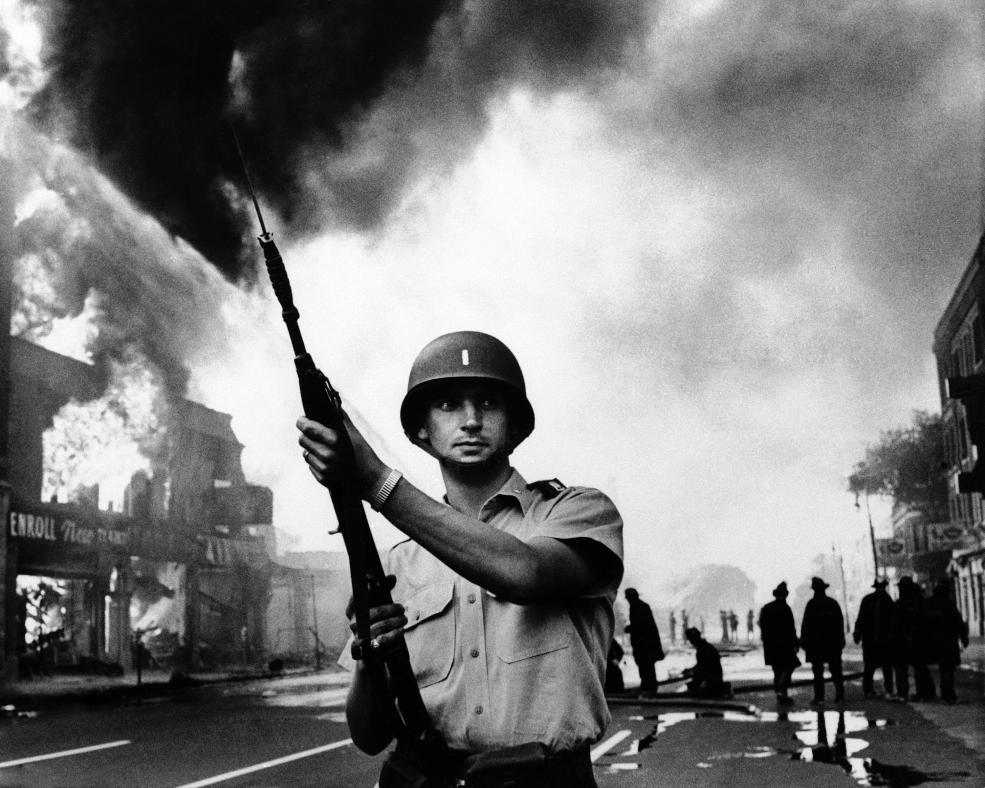
1970s-80s — War on Drugs
President Richard Nixon, and later, President Ronald Reagan, declares War on Drugs, funneling $1.7 billion to police departments. The War on Drugs led to mandatory minimum sentencing, even for low-level drug law violations, resulting in drastic racial disparities in the prison system.
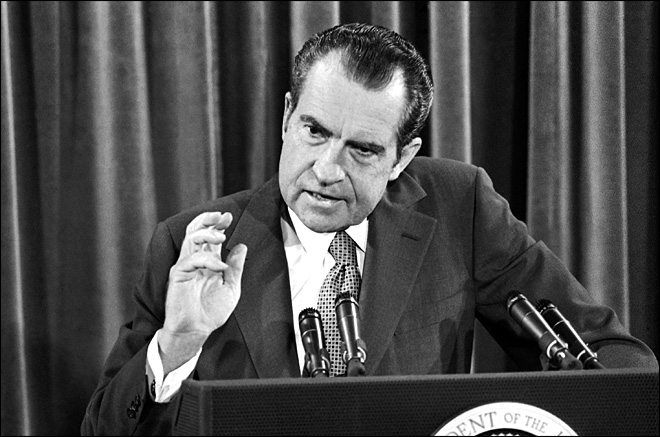
1990s — NASRO, Gun Free Schools Act, Columbine
-
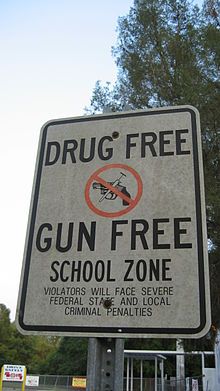
-
1991: The National Association of School Resource Officers (NASRO) is founded. NASRO developed the “triad” concept, messaging school police as teachers, informal counselors and law enforcement officers.
-
1994: Congress passes the Gun Free Schools Act, imposing a federal requirement on school districts to adopt zero-tolerance policies for weapons, and the Violent Crime Control and Law Enforcement Act. This allocated over more than $15 billion to prisons and prevention programs, created 100,000 new police officers and established Community Oriented Policing Services (COPS) grants.
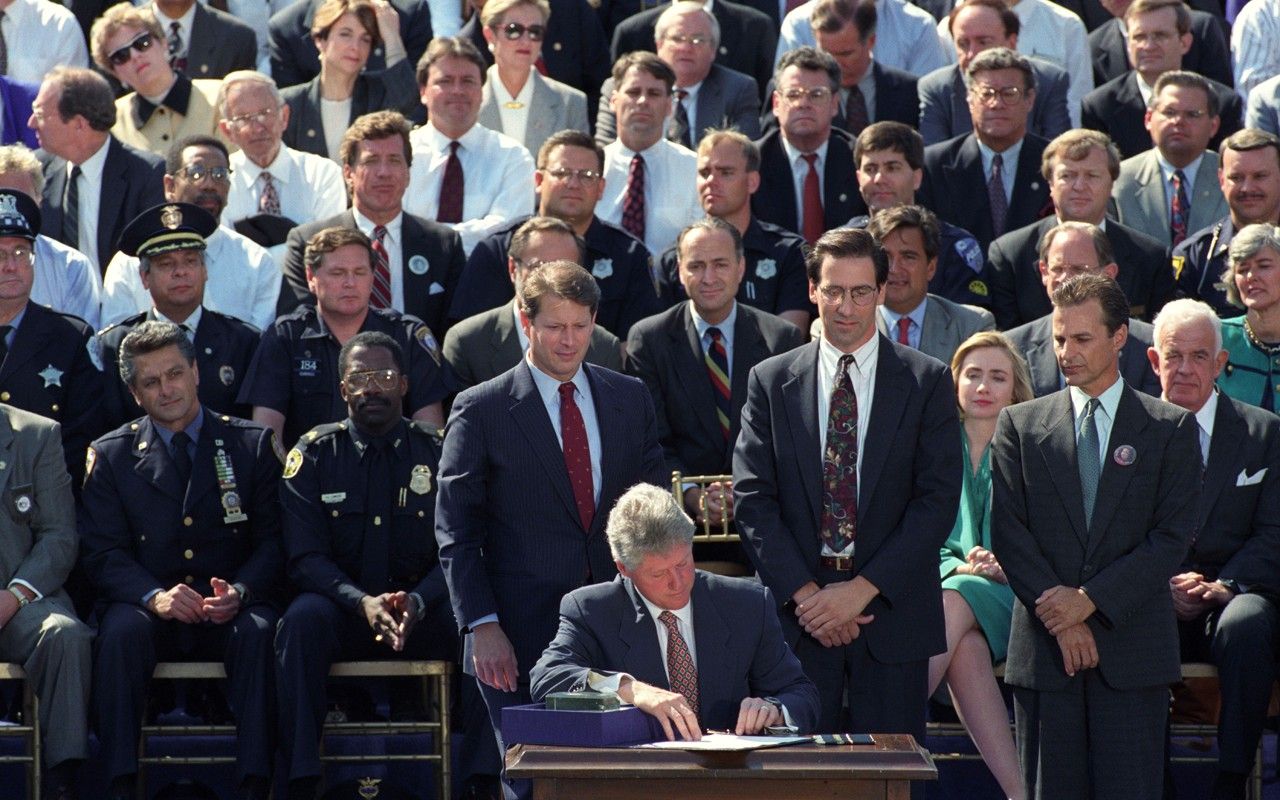
-
1999: Columbine School Shooting: Two high school seniors murdered 12 students and a teacher, and injured 24 additional students. The massacre was caught on the high school’s security cameras in the cafeteria, creating a significant shift in societal views of law enforcement in ensuring the safety of staff and students.
2000s — Rapid Expansion & Fight Back
The U.S. Department of Education responds to Columbine with a cry to push for zero-tolerance policies across the country. The Department of Justice’s Office of Community Oriented Policing Services (COPS) program creates the “COPS in Schools” (CIS) grant, awarding more than $750 million in grants to more than 3,000 law-enforcement agencies, resulting in more than 6,500 newly hired school police officers.
In 2003, Advancement Project releases a first-of-its kind report as law enforcement presence in schools rapidly expands, “Derailed! The Schoolhouse to Jailhouse Track.” The report examines the use of law enforcement agencies and the juvenile justice system as a double jeopardy mechanism for students, documenting the derailing of students from an academic track in school to a future in the juvenile legal system.
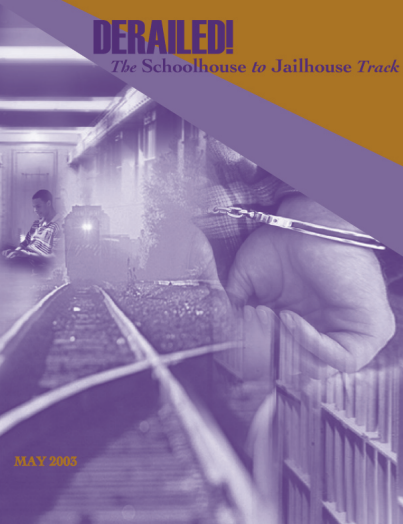
2010s
-
2010: After nearly four years of organizing from the Urban Youth Collaborative, the Student Safety Act was signed into law by New York Mayor Michael Bloomberg in January 2011. The law mandates quarterly reporting of student suspensions, arrests and summons by demographics.
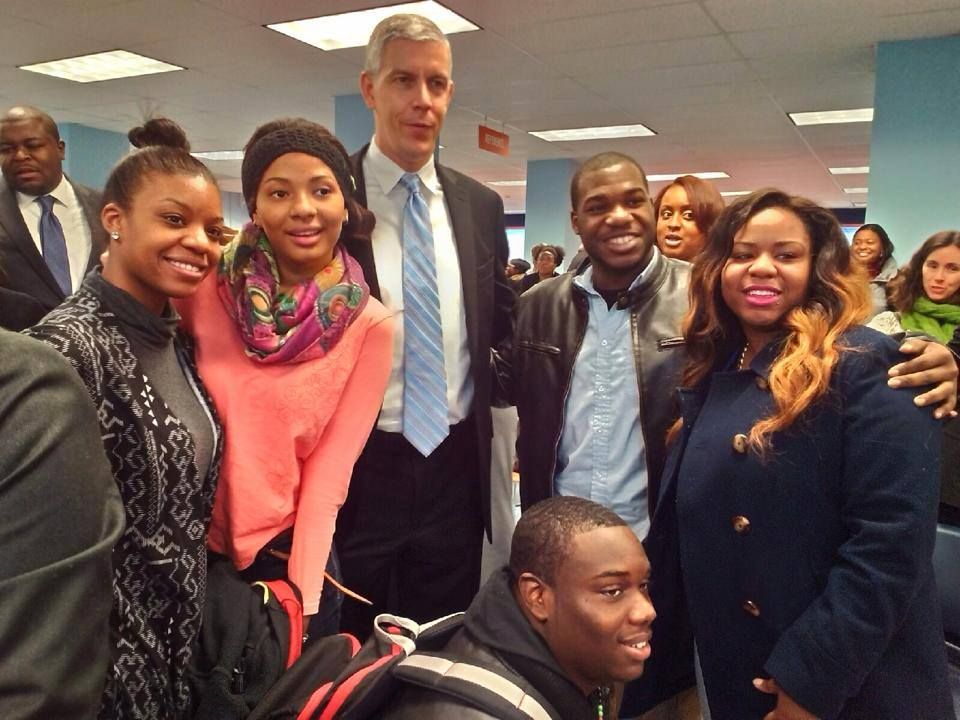
-
2011: After years of organizing led by young people of color to respond to the school-to-prison pipeline, the Obama Administration launches the Supportive School Discipline Initiative and School Discipline Guidance. Secretary of Education Arne Duncan and Attorney General Eric Holder publicly recognize the school-to-prison pipeline.
-
2012: Black Organizing Project wins Oakland’s Complaint Policy. The only one in the country, the policy is designed for parents and students to be able to file formal complaints on school police and security officers. The victory comes a year after the murder of 20-year-old Raheim Brown by Oakland School Police Sgt. Barhin Bhatt.
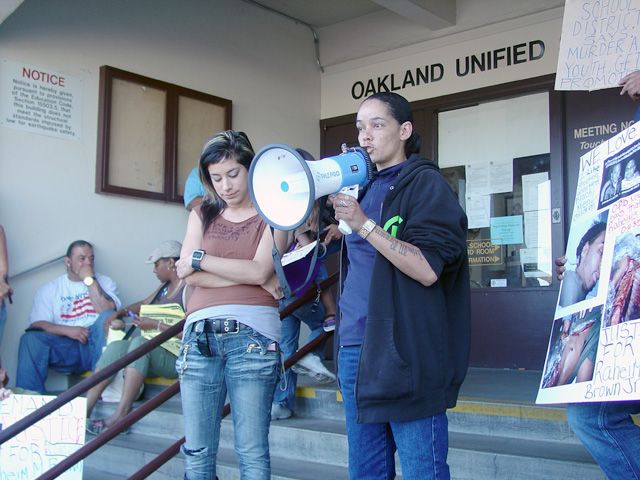
-
2013: Padres y Jóvenes Unidos, with support of Advancement Project national office, won the Denver Public Schools and Denver Police Department Intergovernmental Agreement significantly altering the roles of police officers in schools. The new contract redefines student offenses, separating behaviors suited for in-school discipline from those requiring police actions. The new model also urged de-escalation of conflict on campus, as well as a greater focus on restorative justice policies.
-
2015: #AssaultAtSpringValley: A Columbia, SC student, Shakara, a Black girl, is flipped from her desk and assaulted by a school police officer. Students intervened, including Niya Kenny, who recorded the assault. Both Niya and Shakara were arrested and charged. The video went viral, causing a national outcry and moving the Alliance for Educational Justice (AEJ) to take action, including leading #DropTheCharges work in support of Niya, coordinating actions, and shifting the national narrative on school police. AEJ began tracking school police assaults and building an infrastructure for rapid response work.
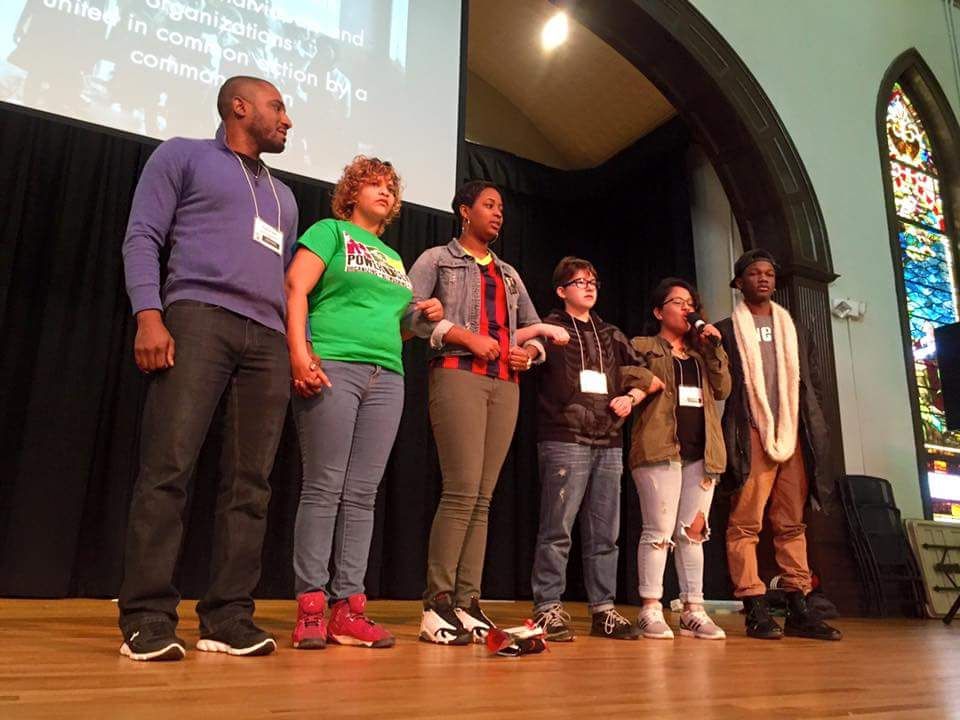
-
2016: After two years, the Labor Community Strategy Center wins the campaign to end the 1033 Program in the Los Angeles Unified School District. The campaign took root after the Ferguson Uprisings, when students learned that the same military grade weapons used to suppress protests in Ferguson were the same weapons in the hands of the LAUSD Police Department. Through student organizing, LAUSD returned their military weapons, the tanks, grenade launchers, and m-16s, and issued an apology.
-
2018: Seventeen people are killed by a former student at Marjory Stoneman Douglas High School in Broward County, Florida. Across the country, students say #NeverAgain and demand better gun safety laws from federal, state, and local legislators. Legislators respond by calling for increased militarization of schools through arming teachers and funding more school police and surveillance.
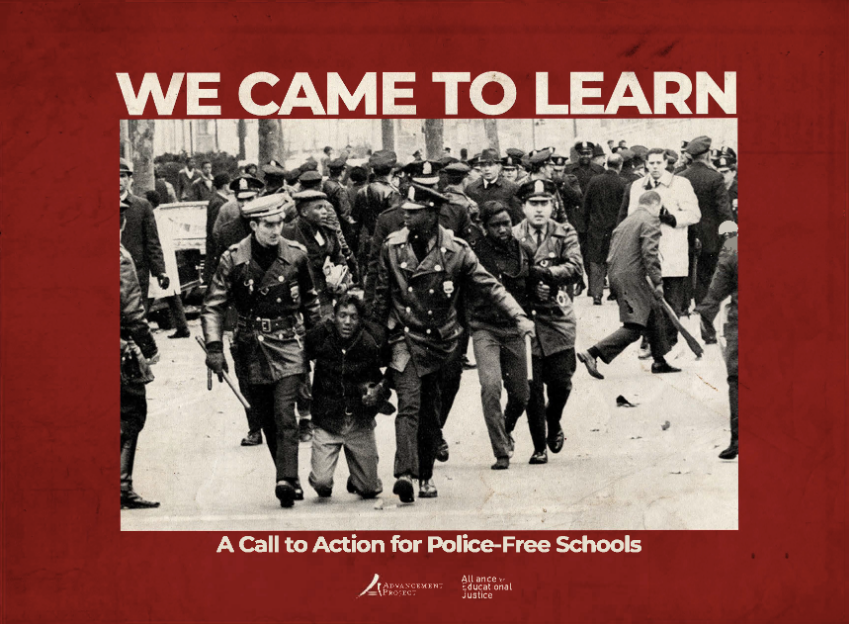
2020 — The Continued Fight for #PoliceFreeSchools
Following the murder of George Floyd at the hands of Minneapolis police, school boards in Minneapolis, Denver, Seattle, Oakland, Portland, and many other cities took historic action to remove police from schools, and young people leading the fight for #PoliceFreeSchools began the hard work of implementation in their districts. The Police Free Schools campaign continued to amplify the truth that officers that roam school hallways are no different from the officers on the streets and thus, a new vision for safety in schools must emerge from this crisis.
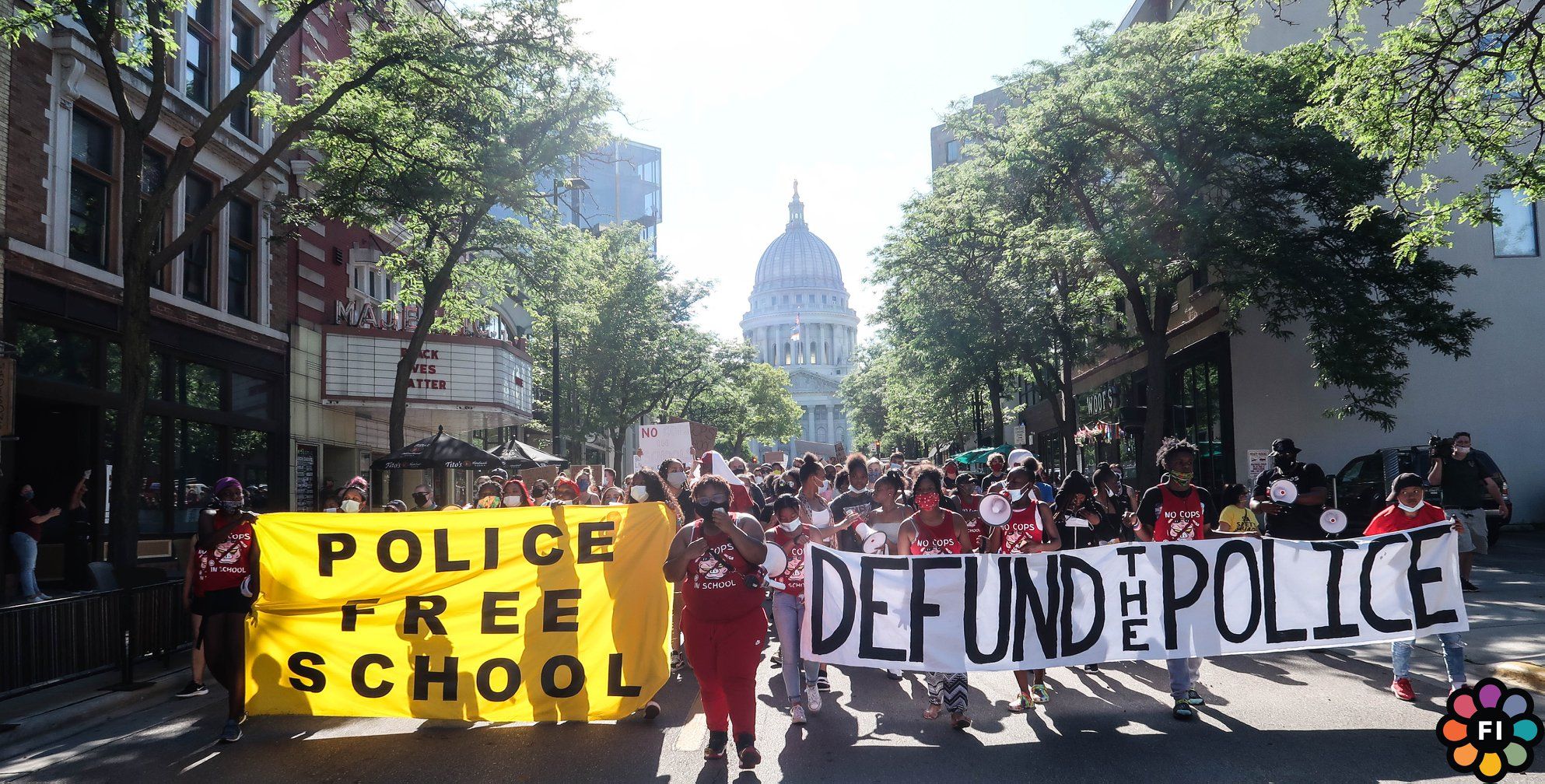
Want to read more?
Check out the full timeline on the history of school policing and the school to prison pipeline movement by clicking the links below.

